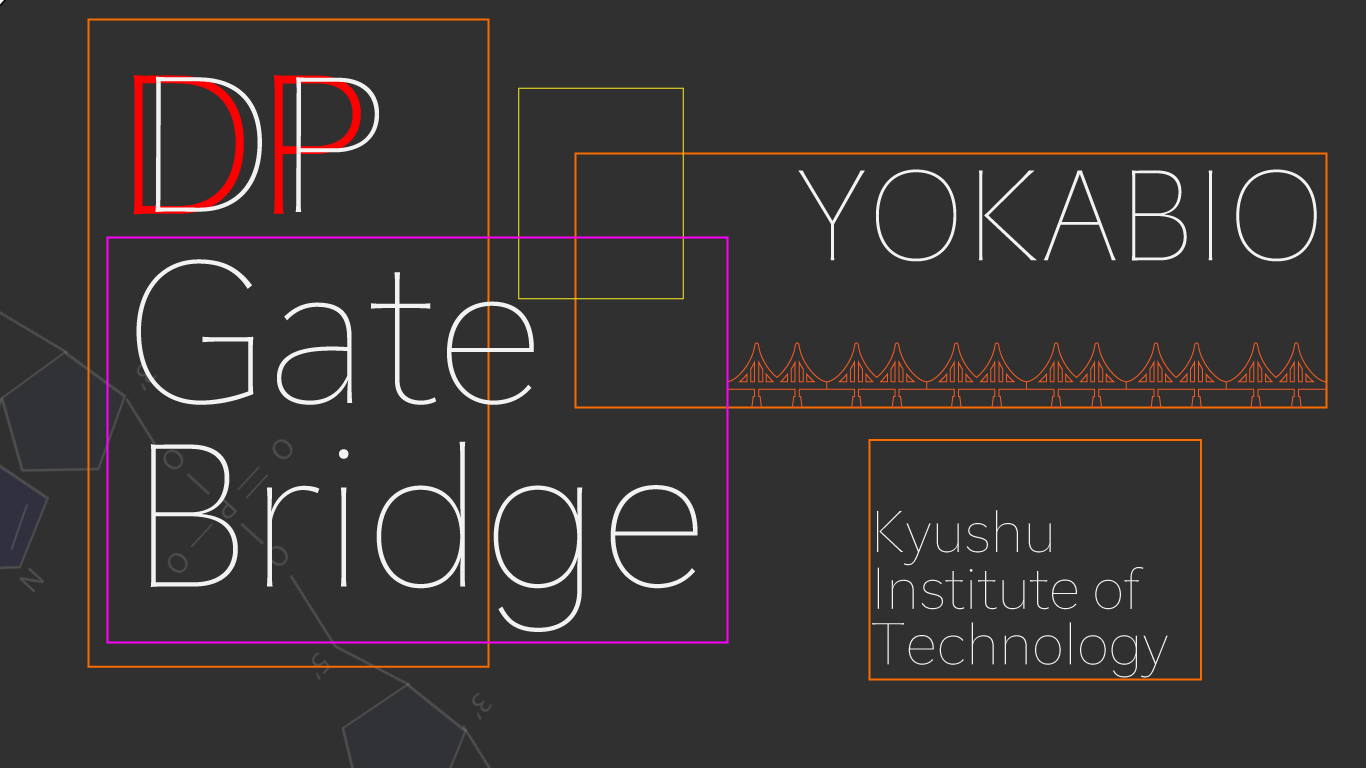Abstract
Cell reactions are controlled by signal transduction pathways through the action of proteins. These reactions can be controlled by increasing and decreasing the levels of these proteins. However, the complexity of these pathways make controlling protein levels difficult.
We examined the control protein of signal transduction pathways by using DNA nanotechnology. Phosphorylation by ATP is an important mechanism in the control of signal transduction pathways. We predicted that controlling the ATP levels would control the signal transduction pathways. We devised a method in which DNA acts on ATP and also developed a DNA circuit for regulating ATP levels.
We confirmed the activity of DNA towards ATP and evaluated the use of our DNA circuit in vivo. Experiments were conducted to evaluate the operation of the DNA circuit. Our results demonstrate that DNA nanotechnology is a new method for regulating signal transduction.
